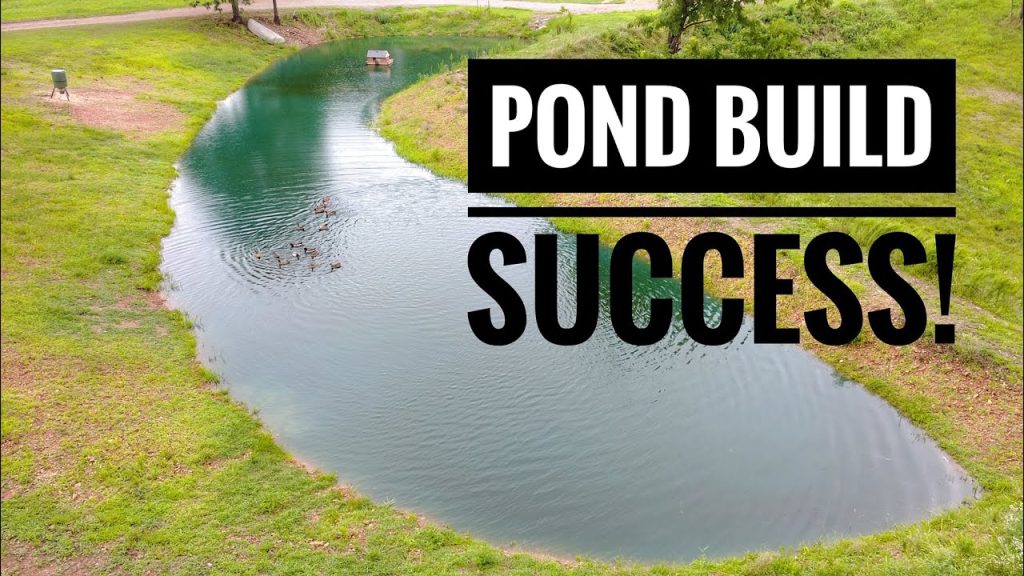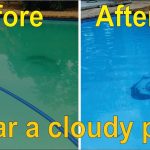Step 1: Planning and Permits
Before you start digging, it’s crucial to thoroughly plan your fishing pond project. Consider the size and location of your pond, as well as the types of fish you want to stock. Additionally, it’s important to check with your local government or environmental agencies to obtain the necessary permits for pond construction. Make sure to comply with any regulations regarding pond size, location, and environmental impact assessments.Step 2: Site Selection
Choosing the right location for your fishing pond is essential. Look for an area with good soil quality and natural water flow. The ideal spot should have a balance of sunlight and shade to support healthy aquatic life. Consider the proximity to trees and shrubs, as they can provide natural habitat and shade for the pond. Additionally, ensure that the location is easily accessible for maintenance and stocking of fish.Step 3: Pond Design and Layout
Once you’ve selected the site, it’s time to design the layout of your fishing pond. Determine the shape and size of the pond based on your available space and desired fishing experience. Consider adding features such as shallow areas, deeper pools, and underwater structures to create a diverse and thriving ecosystem. A well-designed pond will not only enhance the fishing experience but also contribute to the overall aesthetics of the landscape.Step 4: Excavation and Construction
Now comes the exciting part—excavating the pond. Depending on the size and depth of the pond, you may need to hire heavy equipment or contractors to assist with the digging process. Ensure that the excavation follows the planned design and that the soil is properly compacted to prevent leaks. Consider incorporating a water inlet and outlet to maintain proper water circulation and quality.Step 5: Lining and Sealing
To prevent water seepage and maintain the water level, it’s essential to line and seal the pond properly. You can use various materials for pond lining, such as clay, bentonite, or synthetic liners. The choice of lining will depend on your soil type and budget. Proper sealing is crucial for the long-term success of your fishing pond, so take the time to research and select the most suitable option for your specific conditions.
Credit: www.wikihow.com
Step 6: Stocking the Pond
With your fishing pond in place, it’s time to introduce aquatic life. Research the types of fish that are suitable for your pond size and climate. Consider stocking a variety of species to create a balanced and sustainable ecosystem. Consult with local fish and wildlife agencies or reputable hatcheries to obtain high-quality fish for stocking. Proper stocking will ensure a thriving fish population and a healthy aquatic environment.Step 7: Vegetation and Maintenance
To promote a healthy ecosystem, consider planting aquatic vegetation around the pond. Native plants can provide habitat for fish, improve water quality, and enhance the overall aesthetics of the pond. Regular maintenance, such as water testing, algae control, and sediment management, is essential to keep your fishing pond in top condition. Implementing a maintenance schedule will help prevent issues and ensure the long-term success of your pond.Step 8: Recreational Amenities
In addition to fishing, you can enhance the recreational value of your pond by adding amenities such as a dock, fishing pier, or picnic area. These features can make your fishing pond a versatile and enjoyable space for family and friends. Consider incorporating seating areas, lighting, and landscaping to create a welcoming environment for relaxation and outdoor activities.
Credit: 1source.basspro.com





